Physical Address
304 North Cardinal St.
Dorchester Center, MA 02124
The concepts of attractiveness and perceived physical beauty have been topics of philosophic fascination for centuries. The reiteration of mathematics and geometry in existence with symmetry appear time and time again throughout history. The awe-inspiring advancements in science and art made by the Egyptians, the Greeks, and our Renaissance ancestors instigated the revivification of the Canons of Beauty. Although countless artistic renditions of human aesthetic ideals have existed for centuries, the establishment of a universal systematic assessment of the pulchritude of the human face has remained a perplexing endeavor.
Patients often seek the guidance of aesthetic surgeons to apply expert knowledge toward envisioning the most realistic ideal form. Thus it is of utmost importance for the aesthetic surgeon to possess a comprehensive understanding of current concepts in beauty. Technologic advances provide the modern-day surgeon with a wide array of tools, which, in addition to patient input, allow optimization of surgical and/or nonsurgical outcomes. Clinical photography combined with digital superimposition of ideal facial blueprints, such as the Golden Mask (Marquardt), or digital enhancement of facial features via software applications, such as Facetune (Lightricks), enables patients to visualize or effectively express their desired outcomes ( Figs. 44.1 and 44.2 ). No single application produces a verified universal ideal, but a combination of these tools will serve modern plastic surgeons and their patients well. In this chapter, we will discuss contouring makeup techniques that may be utilized in conjunction with surgical and minimally invasive procedures to enhance surgical outcomes, such as accentuating nasal definition after rhinoplasty, altering the perceived shape of the face after facial feminization, or optimizing facial contours after rejuvenation. We will also discuss the possibility of utilizing and understanding the patient’s preferential makeup techniques as a guide for the patient’s desired outcome with fillers. For example, a patient who consistently applies highlighting makeup to the chin and Cupid’s bow would likely benefit from chin and lip augmentation with fillers. Finally, we will discuss the use of makeup to correct distressing postsurgical changes, such as ecchymoses and edema, to improve patients’ quality of life during the postoperative period.
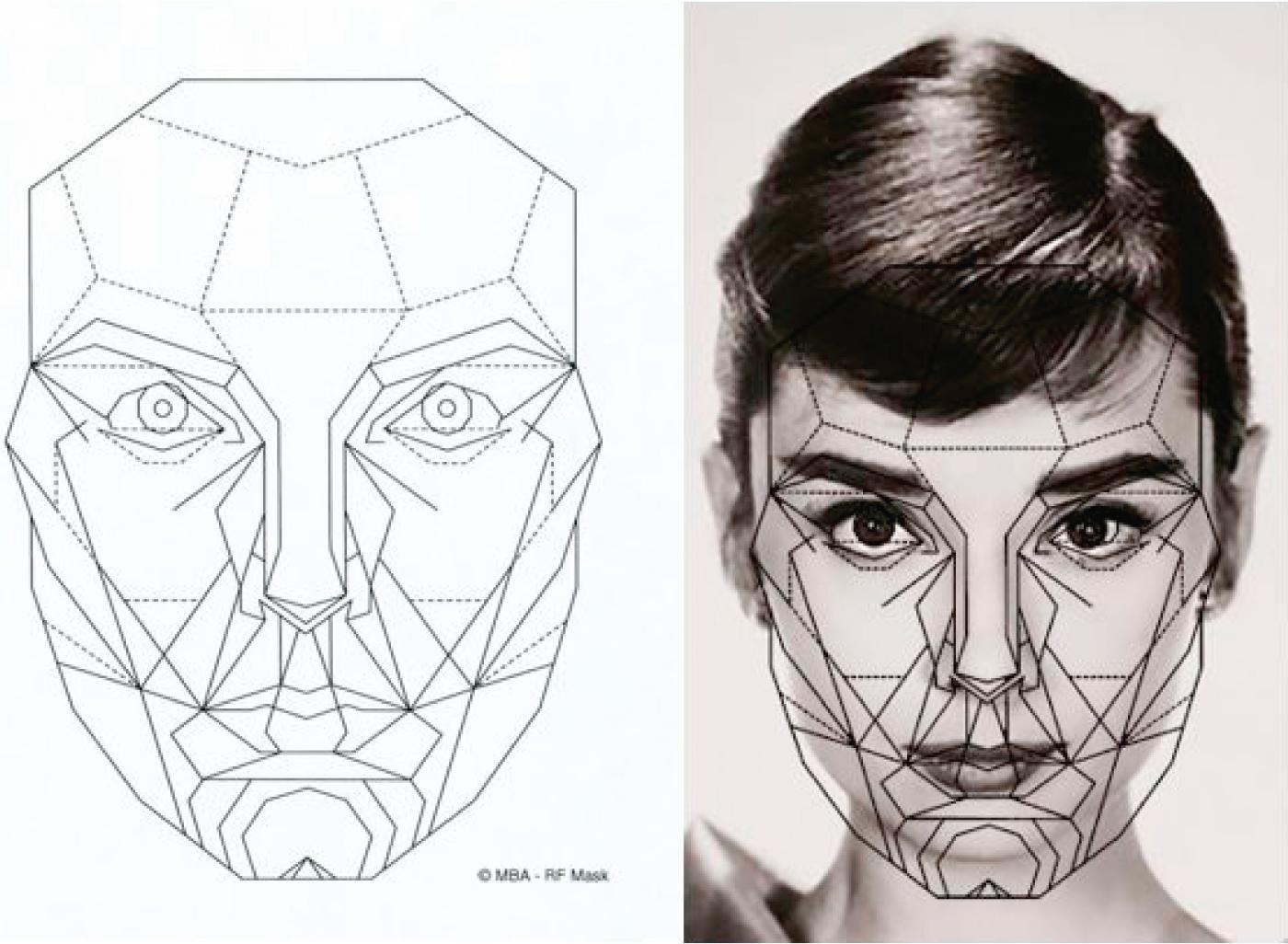
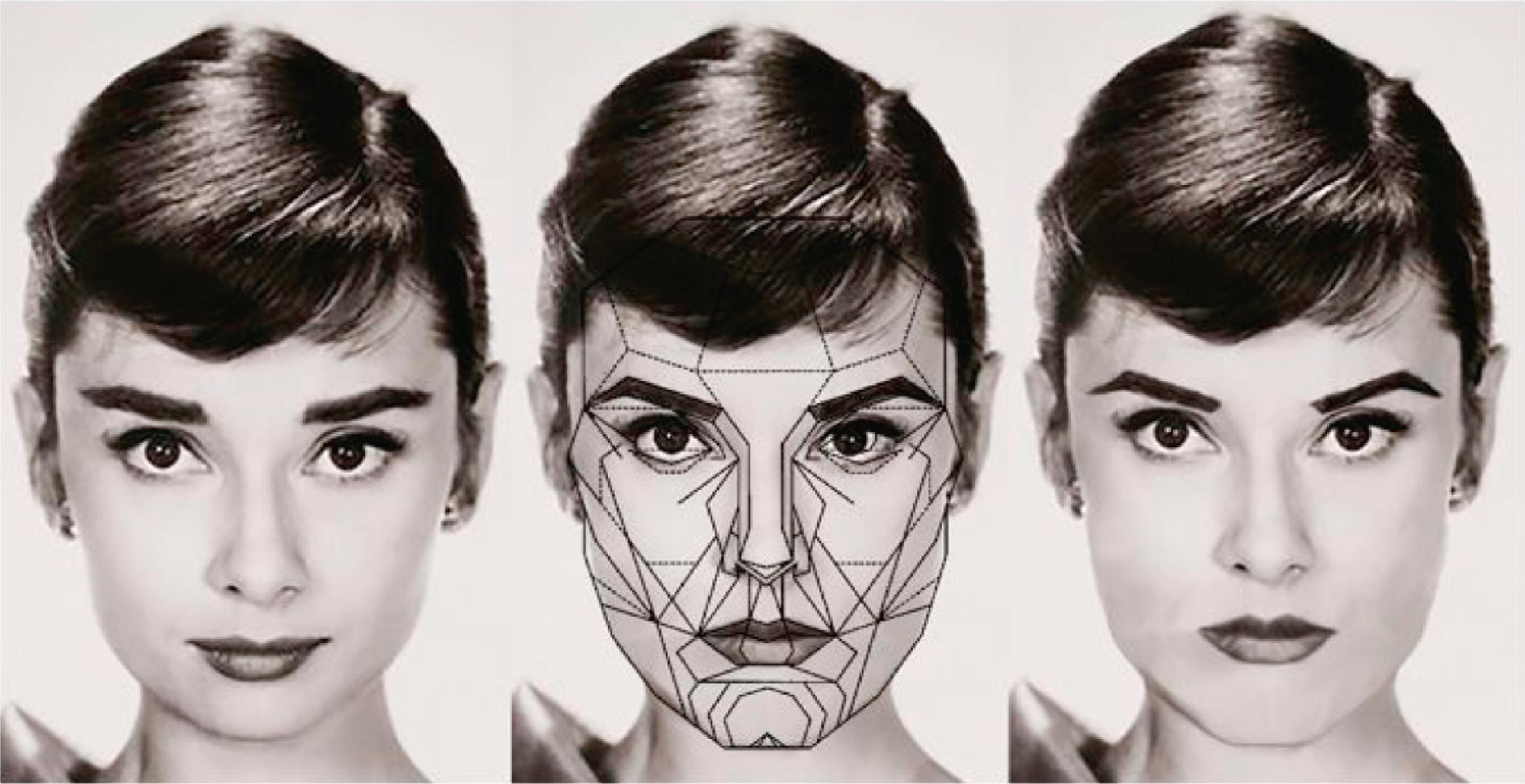
Sexualization of the facial skeleton has been hypothesized to confer fascinating anthropomorphic implications. An elevated testosterone-to-estrogen ratio facilitates the lateral growth of the zygoma and the mandible, lengthens the lower third of the face, and promotes the anterior growth of the supraorbital processes. These physical characteristics are innately associated with masculinity or, at the very least, decreased femininity. Interestingly, testosterone confers downstream immunocompetence; thus high concentrations have been postulated to provide evolutionary advantages by signaling immunologic competence to the opposite sex. ,
A high estrogen-to-testosterone ratio elicits the feminizing processes of the facial skeleton. Estrogen promotes a smoother glabella, thus creating a widened nasofrontal angle. A smooth zygomatic eminence without lateral protrusion is associated with high estrogen, whereas a high zygomatic eminence with lateral extension is associated with high testosterone levels. Interestingly, recent studies have shown that hyperfeminized faces are viewed as the most attractive, whereas slightly feminized male faces are preferred over masculine and hypermasculinized faces.
In females, a convex forehead with mildly increased vertical height, increased palpebral fissure (larger eyes), minimal lateral extension of the zygoma, fullness of the midface, and decreased intergonial width, along with decreased proportions of the middle and lower thirds, as opposed to elongated middle and lower thirds of the face, are considered desirable. In contrast, a flat, wide face has a disproportionately short and narrow forehead along with a wide, low-set, square jaw.
CHM is a softened representation of the “drag queen” and advanced theater makeup artistry. An example of CHM of the face by the makeup artist Samer Khouzami is shown in Fig. 44.3 . Pigmented opaque powder or cream formulations a few shades darker or a few shades lighter than the natural skin tone is used to modify the perceived facial anatomy. Contour shades are formulated with cool undertones to simulate shadows on the face. This results in an overall receding effect of the contoured structures. In contrast, highlights simulate reflective points of light on the desired regions and create a subtle projecting effect. Highlights may also refer to translucent shimmer shades that consist of high concentrations of shimmer particles that enhance the highlighting effect. These techniques are combined with seamless blending for an amplified illusion of ridges and valleys to enhance the perceived facial form. Using only makeup, the artist has created the illusion of increased cheek fullness, increased nasal definition, and a more tapered, well-defined mandible and chin.
CHM is often strategically applied to regions of the forehead and the supraorbital margin to define the brow, radix and nose, infraorbital region and zygoma, buccal regions, philtrum, lips, mandible, and genu to create the illusion of mild anatomic modifications. It is important to note, CHM of the forehead, nose, chin, and infraorbital region are most appreciable in the frontal view. CHM in these regions is largely restricted by its visibility in the lateral view. Thus it is of utmost importance to avoid overdramatizing CHM and to blend the different shades seamlessly to avoid unrealistic harsh transition points. The nose is likely the most unforgiving of all regions of the face. The natural shadows within the lateral ridges, paired sidewalls, and areas of declivity medial to the alar lobules become substantially diminished in the lateral view. Thus persistence of these artificial CHM shadows on lateral view prohibits the use of harsh lines and drastic CHM maneuvers ( Fig. 44.3 ).
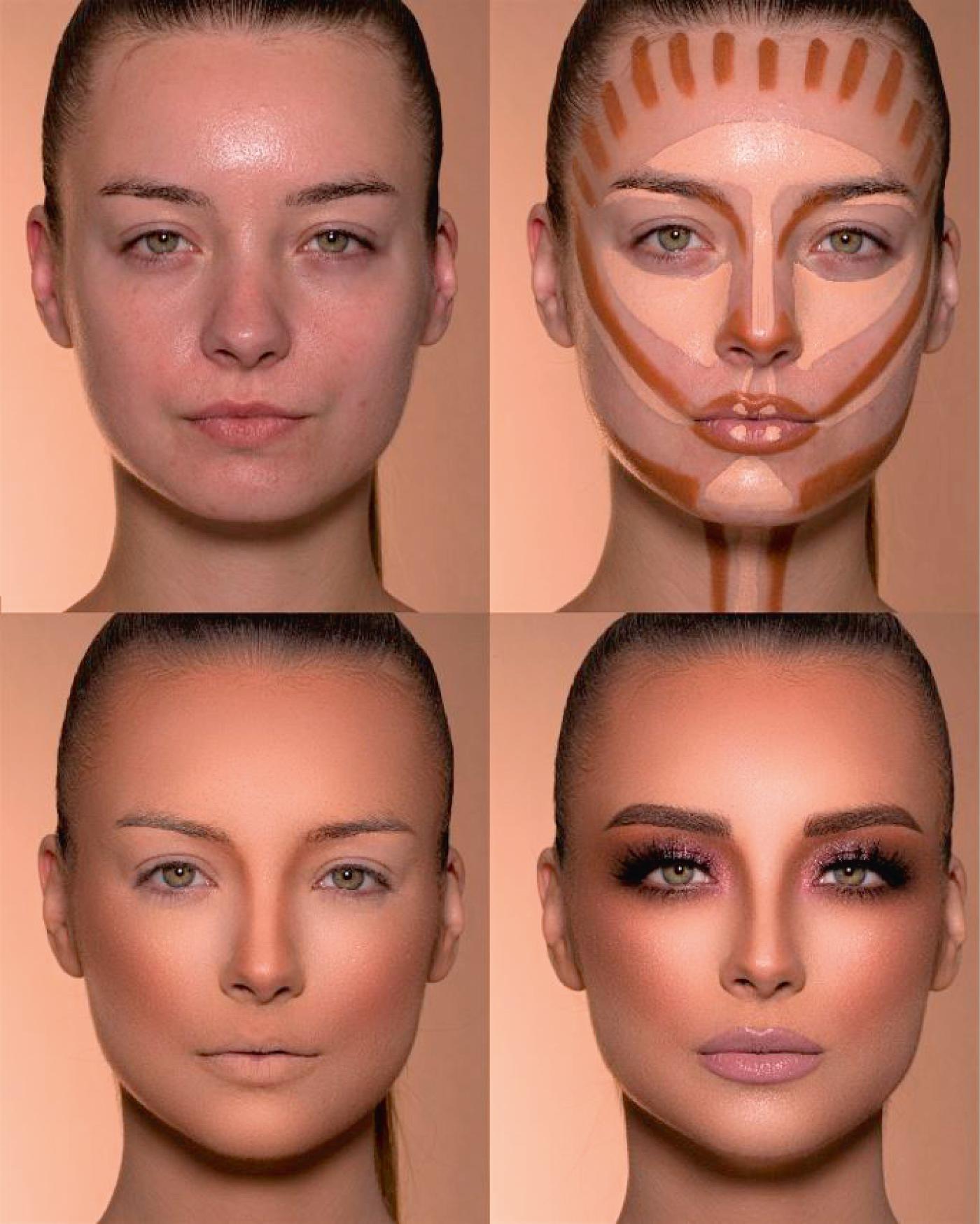
Color corrective concealers are typically cream formulations that utilize color theory to neutralize discolorations. Neutralization is achieved by applying the complementary color of the discolored area; the complementary color is located 180 degrees from the color requiring correction on the color wheel ( Fig. 44.4 ). For example, the blue-violet shade of a region of postsurgical ecchymosis can be neutralized with a mustard shade. The application of color-corrective concealers provides a neutral-colored base for further application of skin tone or highlighting concealers, followed by skin-toned foundation. With the application of appropriate techniques, the highly pigmented concealers created by medical makeup brands are capable of effectively concealing significant discolorations; these brands include Kevyn Aucoin (Kevyn Aucoin Cosmetics, New York, NY; Dermablend [a division of L’Oréal USA, New York, NY]) and Cover FX (Toronto, Ontario, Canada). Understandably, many patients cannot afford to recover while confined to their residence for the duration of postsurgical ecchymosis resolution lasting a week or more. By utilizing appropriate color corrective techniques, patients may go about their daily lives without the worry of attracting unwanted attention. It may be necessary for plastic surgeons to associate themselves with makeup artists who are knowledgeable in the application of medical makeup so that patients who desire expert guidance can be referred appropriately ( Fig. 44.5 ).
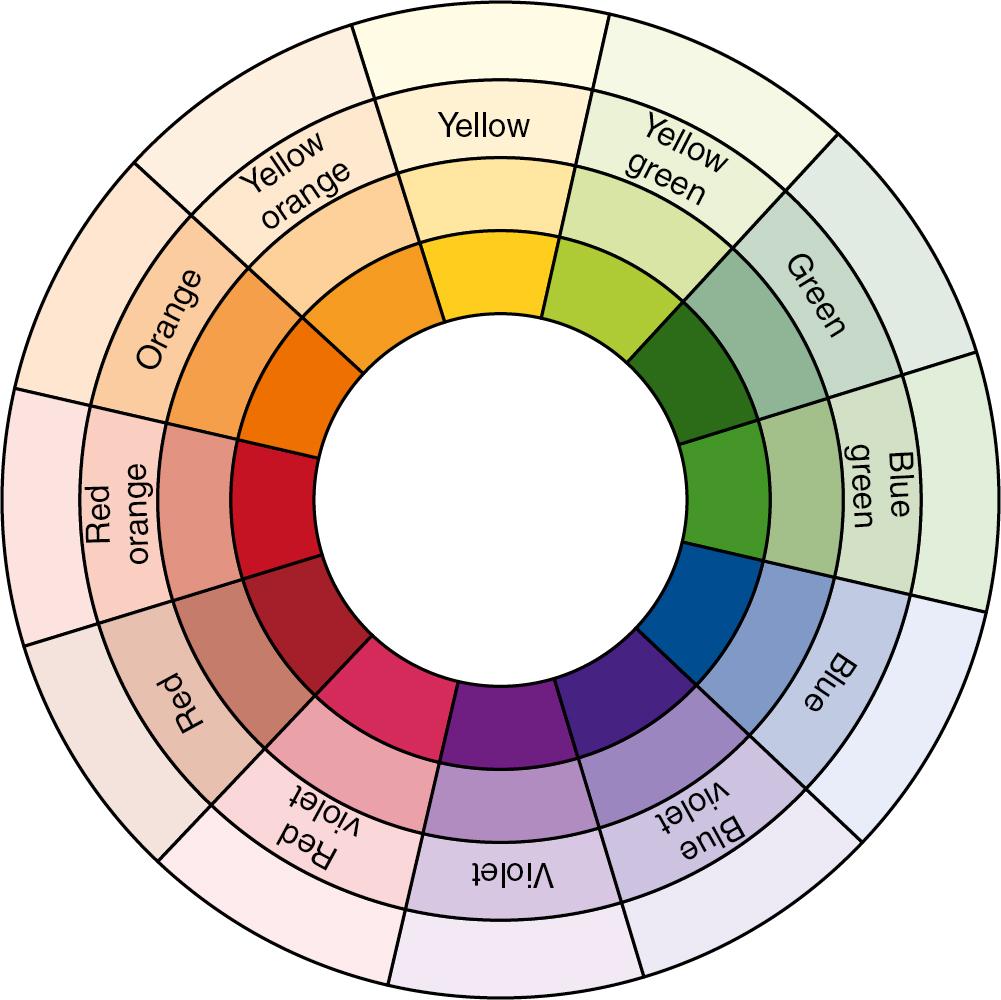
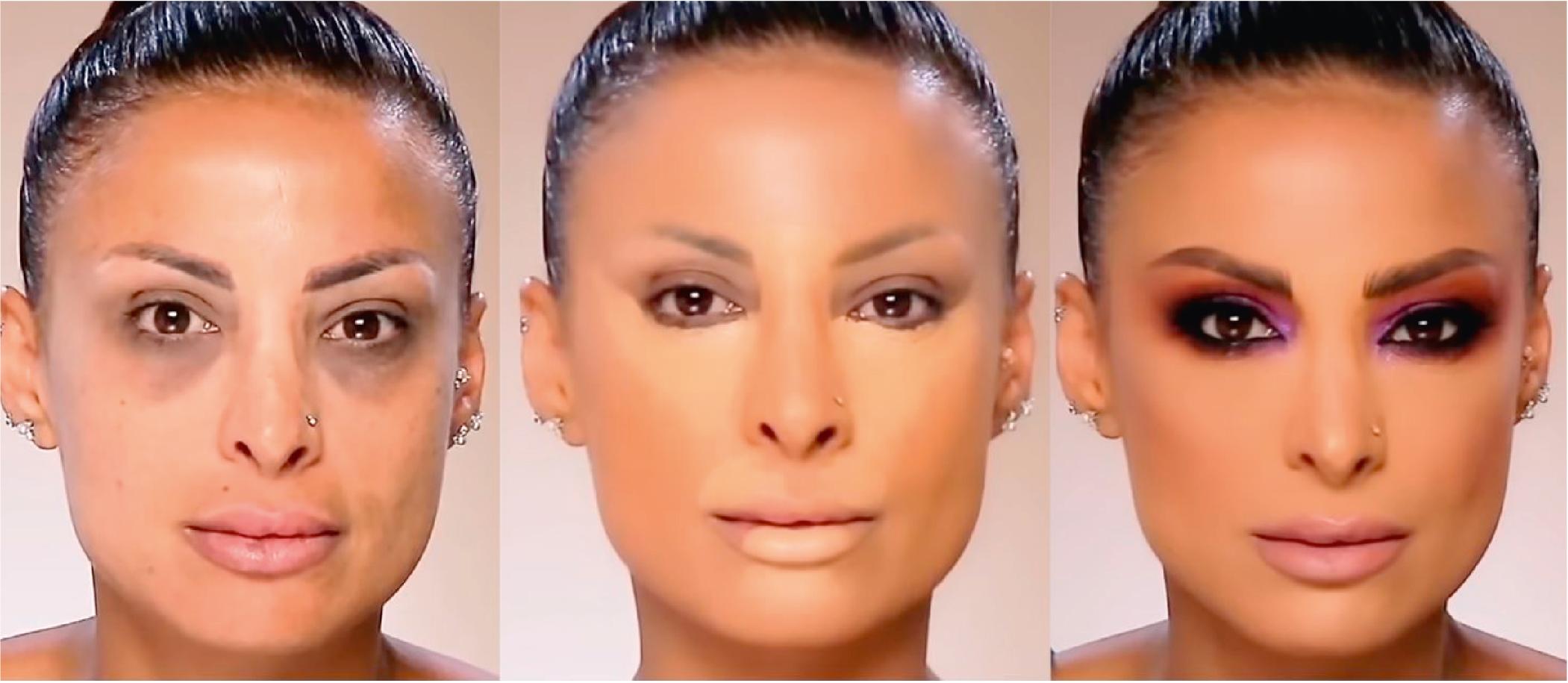
Become a Clinical Tree membership for Full access and enjoy Unlimited articles
If you are a member. Log in here